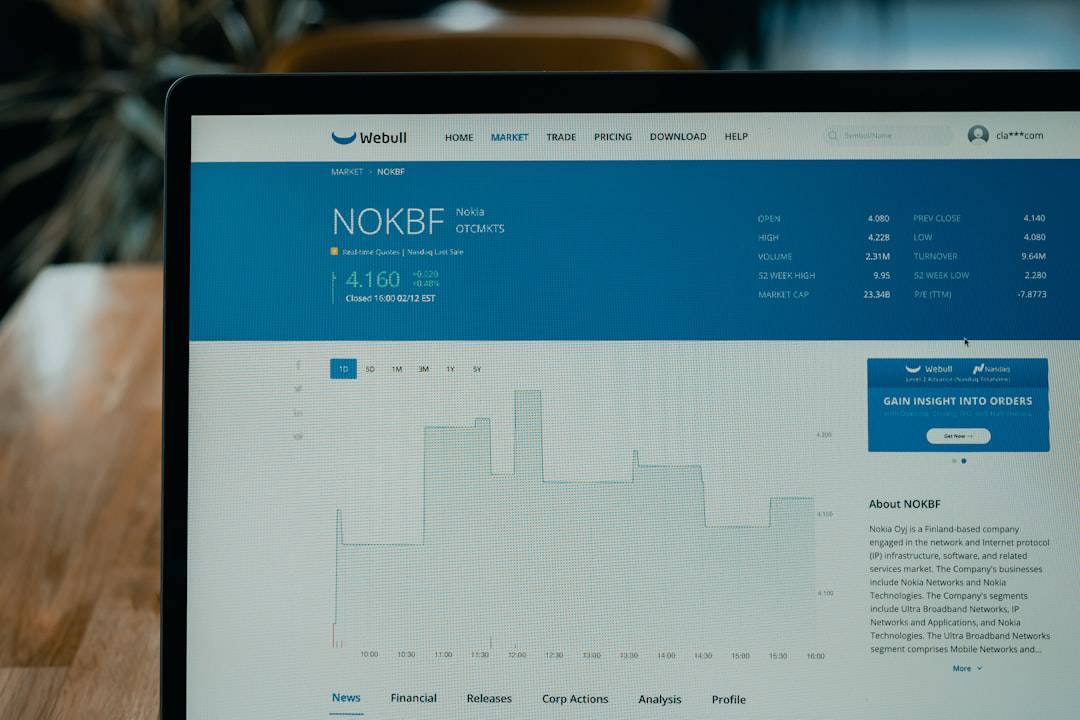Zero Trust Network Access (ZTNA) is a security framework that requires verification and authentication for every access request, regardless of the user’s location. This model operates on the assumption that no user or device should be inherently trusted, even within the corporate network. ZTNA adheres to the principle of least privilege, granting users access only to the resources necessary for their specific job functions, thereby reducing the risk of unauthorized access and potential security breaches.
ZTNA utilizes various technologies, including identity and access management (IAM), multi-factor authentication (MFA), encryption, and micro-segmentation to create a secure access environment. By implementing ZTNA, organizations can protect their sensitive data and critical systems from unauthorized access, whether from external threats or insider attacks. This approach is particularly relevant in the current digital landscape, where remote work and cloud-based applications have become prevalent, rendering traditional perimeter-based security measures inadequate.
Key Takeaways
- Zero Trust Network Access (ZTNA) is a security model that requires strict identity verification for every person and device trying to access resources on a private network, regardless of whether they are sitting within or outside of the network perimeter.
- Secure access is crucial in today’s digital world as traditional security measures are no longer sufficient to protect against sophisticated cyber threats. ZTNA provides a more effective and flexible approach to secure access by focusing on identity and context-based policies.
- The ZTNA Magic Quadrant is a research methodology and graphical representation that evaluates technology providers based on their completeness of vision and ability to execute in the ZTNA market. It helps organizations make informed decisions when selecting ZTNA solutions.
- Key players in the ZTNA Magic Quadrant include leading technology providers such as Cisco, Akamai, Palo Alto Networks, and Zscaler. These companies offer ZTNA solutions that are recognized for their innovation and effectiveness in securing access to resources.
- ZTNA is changing the landscape of secure access by enabling organizations to move away from traditional VPNs and adopt a more dynamic and risk-based approach to access control. This shift allows for better protection of sensitive data and improved user experience.
- When implementing ZTNA, organizations should consider best practices such as conducting thorough risk assessments, defining access policies based on user identity and context, and integrating ZTNA with existing security infrastructure for seamless deployment and management.
- The future of secure access is marked by trends and innovations in ZTNA, including the integration of artificial intelligence and machine learning for advanced threat detection, the adoption of cloud-native architectures for scalability, and the development of user-centric access controls for a more personalized and secure experience.
The Importance of Secure Access in Today’s Digital World
The Limitations of Traditional Security Measures
Traditional security measures are no longer effective in today’s distributed and dynamic environment. They fail to provide the necessary protection for sensitive data and critical systems, leaving organizations vulnerable to potential security breaches.
The Role of ZTNA in Secure Access
Zero Trust Network Access (ZTNA) provides a more effective and secure approach to access control. By implementing ZTNA, organizations can ensure that their data remains secure, even in a distributed and dynamic environment. This not only helps to mitigate the risk of data breaches but also ensures compliance with industry regulations and standards.
The Importance of Secure Access for Business Continuity
Secure access is essential for maintaining business continuity and productivity. Employees need seamless and secure access to the resources they need to perform their job, regardless of their location. By providing secure access, organizations can ensure that their employees can work efficiently and effectively, without compromising the security of their data and systems.
Understanding the ZTNA Magic Quadrant and its Significance

The ZTNA Magic Quadrant is a research methodology developed by Gartner to evaluate the competitive positioning of technology providers within a specific market. In the context of ZTNA, the Magic Quadrant assesses vendors based on their ability to execute and their completeness of vision in delivering ZTNA solutions. This evaluation helps organizations to identify the key players in the ZTNA market and make informed decisions when selecting a ZTNA solution that best fits their needs.
The significance of the ZTNA Magic Quadrant lies in its ability to provide organizations with valuable insights into the strengths and weaknesses of different ZTNA vendors. By analyzing the Magic Quadrant, organizations can gain a better understanding of the competitive landscape, market trends, and emerging technologies in the ZTNA space. This enables them to make strategic decisions when it comes to selecting a ZTNA solution that aligns with their security requirements, business objectives, and budget constraints.
Key Players in the ZTNA Magic Quadrant
| Company | Position in Magic Quadrant | Strengths | Challenges |
|---|---|---|---|
| Zscaler | Leader | Strong cloud-based security platform | Integration complexity for some organizations |
| Akamai | Challenger | Global presence and strong performance | Limited feature set compared to some competitors |
| Cloudflare | Visionary | Focus on performance and scalability | Less mature feature set |
| Perimeter 81 | Niche Player | User-friendly interface and ease of deployment | Limited scalability for larger organizations |
The ZTNA Magic Quadrant features key players in the ZTNA market who have demonstrated strong capabilities in delivering ZTNA solutions. Some of the leading vendors in the ZTNA Magic Quadrant include Cisco, Akamai, Palo Alto Networks, Zscaler, and Okta. These vendors offer a range of ZTNA solutions that cater to different use cases, industries, and organizational sizes.
Each vendor brings unique strengths and capabilities to the table, such as advanced threat detection, seamless user experience, scalability, and integration with other security technologies. Organizations can leverage the insights provided by the ZTNA Magic Quadrant to evaluate these key players based on their specific security requirements and business needs. By understanding the strengths and weaknesses of each vendor, organizations can make informed decisions when selecting a ZTNA solution that best aligns with their goals and objectives.
This helps organizations to implement a ZTNA solution that not only enhances their security posture but also delivers value in terms of usability, scalability, and return on investment.
How ZTNA is Changing the Landscape of Secure Access
ZTNA is changing the landscape of secure access by shifting the focus from traditional perimeter-based security measures to a more dynamic and adaptive approach. Unlike traditional VPNs and network-based access controls, ZTNA provides granular control over access permissions based on user identity, device posture, location, and other contextual factors. This enables organizations to enforce a zero-trust security model, where every access request is thoroughly authenticated and authorized before granting access to corporate resources.
Furthermore, ZTNA enables organizations to embrace a more flexible and agile approach to secure access, allowing employees to securely connect to corporate resources from any location or device without compromising security. This is particularly important in today’s digital world, where remote work and cloud-based applications have become prevalent. By leveraging ZTNA, organizations can ensure that their employees have seamless and secure access to the resources they need to perform their job, regardless of their physical location or network environment.
Implementing ZTNA: Best Practices and Considerations

Assessing Current Infrastructure and Security
Organizations should conduct a thorough assessment of their existing network infrastructure, security policies, and access control mechanisms to identify any gaps or vulnerabilities that need to be addressed. This assessment will help organizations develop a clear understanding of their security requirements and determine how ZTNA can help meet those needs.
Evaluating ZTNA Solutions
When selecting a ZTNA solution, organizations should carefully evaluate different options based on their specific use cases, scalability, integration capabilities, and vendor support. It’s essential to choose a solution that aligns with the organization’s security requirements, compliance standards, and business objectives. Factors such as user experience, ease of deployment, and ongoing management should also be considered.
Developing a Comprehensive Implementation Plan
A well-planned implementation is crucial to a successful ZTNA deployment. Organizations should develop a comprehensive plan that includes clear objectives, timelines, resource allocation, and communication strategies. This plan will help ensure a smooth transition to ZTNA while minimizing disruptions to business operations. By following these best practices and considerations, organizations can effectively implement ZTNA and enhance their secure access capabilities.
The Future of Secure Access: Trends and Innovations in ZTNA
Looking ahead, the future of secure access is poised for continued innovation and evolution driven by emerging trends in ZTNOne such trend is the convergence of ZTNA with other security technologies such as secure web gateways (SWG), cloud access security brokers (CASB), and identity governance and administration (IGA). This convergence enables organizations to create a unified and comprehensive approach to secure access that addresses multiple threat vectors and provides seamless user experience. Another trend shaping the future of secure access is the adoption of artificial intelligence (AI) and machine learning (ML) technologies to enhance threat detection, user behavior analytics, and adaptive access controls.
By leveraging AI and ML capabilities, organizations can proactively identify potential security risks and automate response actions to mitigate threats in real-time. This helps organizations stay ahead of evolving cyber threats and ensure continuous protection of their sensitive data and critical systems. In addition, the future of secure access will see increased emphasis on user-centric security models that prioritize user experience without compromising security.
This includes advancements in authentication methods such as passwordless authentication, biometric authentication, and continuous authentication to provide frictionless yet robust user verification. These innovations will enable organizations to strike a balance between security and usability while adapting to the evolving needs of modern workforce dynamics. In conclusion, Zero Trust Network Access (ZTNA) represents a paradigm shift in secure access that is essential for addressing the challenges posed by today’s digital world.
By implementing ZTNA, organizations can establish a zero-trust security model that ensures every access request is thoroughly authenticated and authorized based on contextual factors. The ZTNA Magic Quadrant provides valuable insights into key players in the ZTNA market, enabling organizations to make informed decisions when selecting a ZTNA solution that best fits their needs. As ZTNA continues to change the landscape of secure access, organizations should consider best practices and emerging trends to effectively implement ZTNA and stay ahead of evolving cyber threats in the future.
If you’re interested in the potential impact of the metaverse on networking and security, you may want to check out this article on the significance and impact of the metaverse here. It delves into how the metaverse could revolutionize the way we connect with others and the implications for cybersecurity and access control, which is relevant to the discussion of Zero Trust Network Access (ZTNA) in the Magic Quadrant.
FAQs
What is the ZTNA Magic Quadrant?
The ZTNA Magic Quadrant is a report published by Gartner, a leading research and advisory company, that evaluates the top vendors in the Zero Trust Network Access (ZTNA) market.
What is Zero Trust Network Access (ZTNA)?
Zero Trust Network Access (ZTNA) is a security framework that requires strict identity verification for every person and device trying to access resources on a private network, regardless of whether they are inside or outside the network perimeter.
What criteria does Gartner use to evaluate vendors in the ZTNA Magic Quadrant?
Gartner evaluates vendors in the ZTNA Magic Quadrant based on their ability to execute and their completeness of vision. This includes factors such as product capabilities, market understanding, innovation, and overall business strategy.
How can businesses use the ZTNA Magic Quadrant?
Businesses can use the ZTNA Magic Quadrant to evaluate and compare different ZTNA vendors, understand the current market landscape, and make informed decisions about which vendor best meets their specific security and access control needs.
Is the ZTNA Magic Quadrant a reliable source of information?
Gartner is a well-respected and trusted source of technology research and analysis. The ZTNA Magic Quadrant is based on thorough research and evaluation of ZTNA vendors, making it a reliable source of information for businesses looking to invest in ZTNA solutions.











Leave a Reply